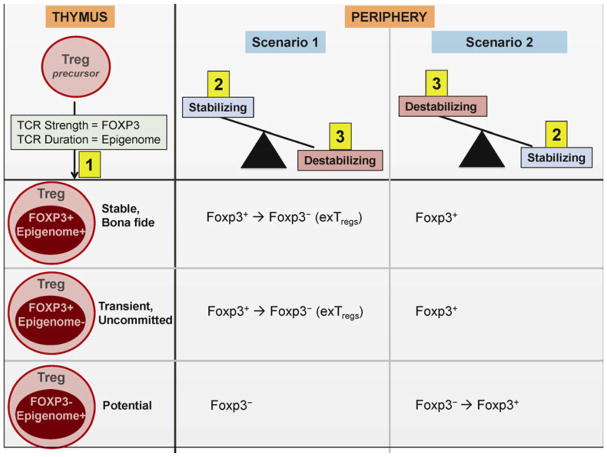Fig. 2. The three signal-hypothesis of Treg stability.
Tregs in the periphery bear distinct intrinsic signatures (signal 1) based on their Foxp3 expression and epigenetic status, resulting in generation of stable bona fide, transient uncommitted and potential Tregs. The stability of these differentially committed Tregs in any given microenvironment is set by their intrinsic signature and the balance of two other signals – Stabilizing signals (signal 2) and Destabilizing signals (signal 3). Stabilizing signals include survival and growth factors, quiescence factors and remodeling factors, while destabilizing signals include pro-inflammatory cytokines and mediators that antagonize Treg fate. Thus, inflammatory scenario 1 is likely to tip the balance towards the destabilizing factors, resulting in loss of Treg stability. On the contrary, scenario 2 is likely to tip the balance towards the stabilizing factors, thus maintaining stable Treg lineage.

